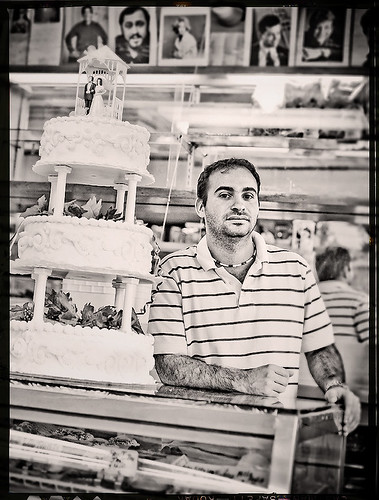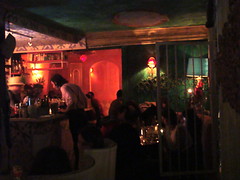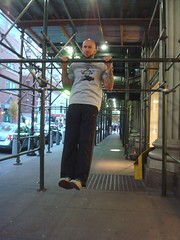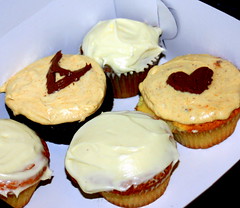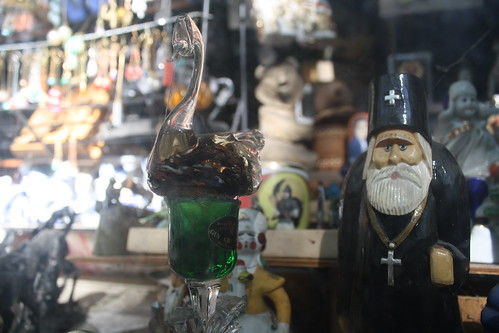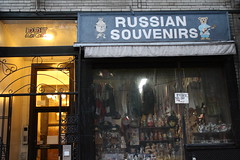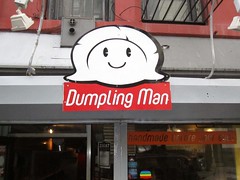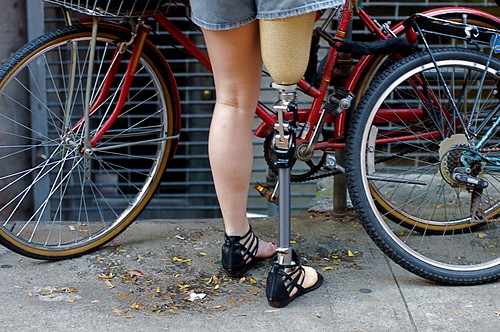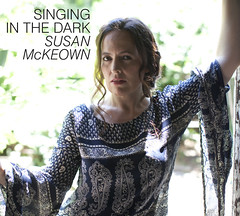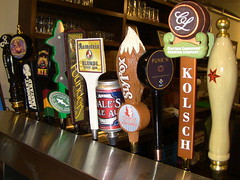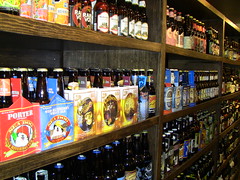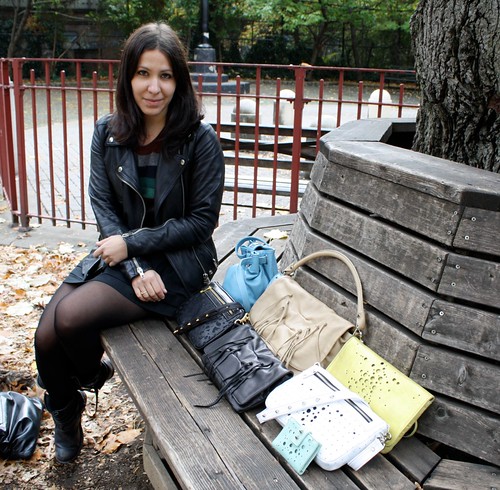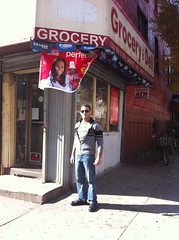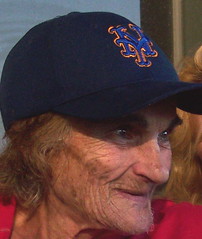 Courtesy Felton Davis An audio recording made by an East Village resident in July offers listeners another chance to hear the voice of the beloved neighborhood fixture Gloria Wasserman, who was widely known as Annie.
Courtesy Felton Davis An audio recording made by an East Village resident in July offers listeners another chance to hear the voice of the beloved neighborhood fixture Gloria Wasserman, who was widely known as Annie.The East Village lost one of its great characters in September, when Gloria Wasserman, a neighborhood fixture known and beloved as “Annie,” died at her daughter’s Los Angeles home at age 85. But thanks to one East Village resident, we’re still able to hear Ms. Wasserman’s voice and recall her energy and good humor.
An audio clip of Ms. Wasserman comes from Zara Burdett, an East Fourth Street resident who often saw Ms. Wasserman holding court at one of her favorite spots – perched on the stoop of the KGB Bar. Stream the clip, an exchange from July, here. In 58 seconds, the audio exemplifies Ms. Wasserman’s catchphrase “Leave ‘em laughing,” and provides a sample of her banter with neighborhood residents.
“Annie made a personal mark on my life in recent months,” Ms. Burdett wrote in an e-mail message to The Times, noting that she enjoyed listening to Ms. Wasserman’s “hilarious jokes and provocations” on the street.
According to Ms. Burdett, the exchange took place on a sweltering day. Ms. Wasserman was excitedly yelling out to strangers, determined to learn who uttered the famous words “I came, I saw, I conquered.” She repeatedly asked, “Who said that?” One gentleman incorrectly assured her it was Alexander the Great.
“She deserved to get the facts straight!” Ms. Burdett wrote. She approached Ms. Wasserman several minutes later. “It was Julius Caesar,” Ms. Burdett said. Ms. Wasserman recognized the name, and let out a blissful roar of excitement. “I came, I saw, I conquered,” she repeated over and over.
“I use it for comic material,” Ms. Wasserman said. “I don’t perform, but I think about it.” She took out a pen from somewhere deep in her familiar red, wire-frame shopping cart, and attempted to scribble the name onto a scrap of plastic.
Ms. Wasserman was best known for her work at the Fulton Fish Market, where she spent 35 years selling newspapers and cigarettes and earning the nickname “South Street Annie.” She suffered a stroke in August and was taken to Bellevue, where she stayed for a month before ending up with her family in Los Angeles. An extended tribute to Ms. Wasserman was published in The Times on Oct. 15 and is available here.



